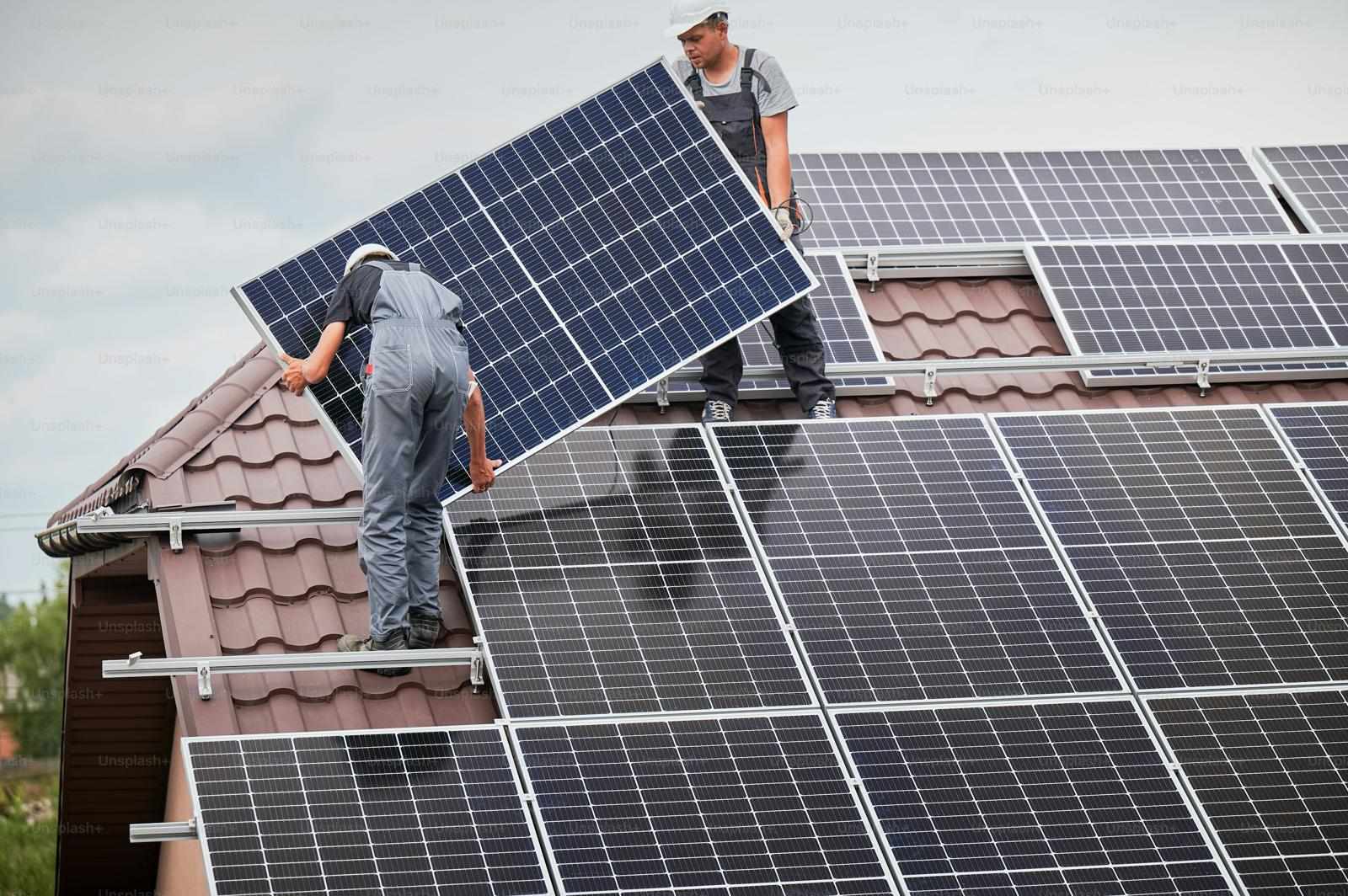
As the global shift toward clean and renewable energy continues, homeowners are increasingly turning to solar power to meet their energy needs. Installing a solar rooftop not only contributes to environmental sustainability but also significantly reduces electricity bills in the long run. However, choosing the right solar rooftop system for your home requires a clear understanding of your energy requirements, available space, and technical compatibility.
In this blog, we’ll walk you through the essential factors to consider when choosing the ideal Solar Rooftop for your home. Whether you're a first-time buyer or considering an upgrade, this comprehensive guide will help you make an informed decision.
1. Understand Your Energy Needs
Before choosing a solar rooftop system, start by evaluating your current energy usage. You can check your past electricity bills to determine the average monthly consumption in kilowatt-hours (kWh). This helps you select a system that generates sufficient energy for your household.
Small homes (1-2 BHK): 1–2 kW systems may suffice
Medium homes (3-4 BHK): 3–5 kW systems are often ideal
Large homes or bungalows: 6 kW or higher systems may be required
Also, think about your future energy needs. If you plan to install air conditioners, electric vehicles, or home appliances, you may want to consider a system with extra capacity.
2. Assess Roof Suitability
Not every rooftop is ideal for solar panels. Several physical and environmental factors affect efficiency:
Orientation & Tilt: In most parts of India, south-facing roofs with a 15°–30° tilt offer the best exposure to sunlight.
Shadow-Free Area: Make sure your rooftop gets uninterrupted sunlight for at least 5–6 hours daily. Trees, chimneys, or neighboring buildings that cast shadows can reduce efficiency.
Roof Strength: Your roof must be structurally strong to bear the weight of solar panels and mounting structures. Flat or gently sloping concrete roofs are typically the best.
If your roof isn’t optimal, consider ground-mounted panels in your backyard (if space allows).
3. Types of Solar Rooftop Systems
There are three main types of solar rooftop systems available:
a. Grid-Tied System
This system is connected to the main power grid and does not include battery storage. It is ideal for homes in urban areas with reliable electricity supply. You can export excess energy to the grid and receive credits (net metering).
b. Off-Grid System
These systems are independent of the power grid and require batteries to store electricity. They are perfect for remote areas or homes with inconsistent power supply.
c. Hybrid System
Combining the best of both worlds, hybrid systems work with both the grid and batteries. They are more expensive but offer energy independence and grid interaction.
Choose the type that matches your power supply conditions and budget.
4. Compare Solar Panel Types
The performance of your solar rooftop system depends largely on the quality and type of solar panels used. The most common types are:
Monocrystalline Panels: High efficiency, long lifespan, more expensive
Polycrystalline Panels: Moderate efficiency, budget-friendly
Thin-Film Panels: Lightweight and flexible, but lower efficiency
For residential purposes, monocrystalline and polycrystalline panels are the most suitable. Always ensure the panels come with certification from a trusted standards organization (e.g., MNRE-approved in India).
5. Choose the Right Inverter
Inverters convert the DC power generated by solar panels into usable AC power for your home. Types of inverters include:
String Inverters: Affordable and commonly used for residential systems
Microinverters: Installed per panel, more expensive but efficient in shaded roofs
Hybrid Inverters: Compatible with battery and grid storage
Ensure the inverter matches the capacity of your panels and includes warranty and service options.
6. Evaluate Battery Storage (If Needed)
If you're opting for an off-grid or hybrid system, you’ll need a reliable battery. Look for:
Lithium-Ion Batteries: Higher life cycle, faster charging, compact
Lead-Acid Batteries: Cheaper but bulkier and shorter lifespan
Battery choice affects overall cost and energy availability during cloudy days or at night.
7. Set a Realistic Budget
The cost of solar rooftop installation can vary depending on:
System capacity (kW)
Panel and inverter quality
Type of system (on-grid/off-grid/hybrid)
Government subsidies and incentives
On average, the cost per kW in India ranges from ₹45,000 to ₹65,000 after subsidies. Calculate your break-even point and return on investment (ROI) over the long term. Most systems pay for themselves in 4–6 years through electricity savings.
8. Check for Government Subsidies
Many state and central governments in India offer subsidies and financial incentives to encourage solar adoption. For instance:
MNRE provides up to 40% subsidy for residential rooftop systems
Some DISCOMs offer net metering benefits
Low-interest loans are available from certain banks
Consult your local solar provider or DISCOM for region-specific subsidy eligibility and documentation.
9. Choose a Reputable Solar Installer
Your installer is as important as the equipment itself. Look for:
Experience with residential solar systems
MNRE accreditation or empanelment
Positive customer reviews and references
Comprehensive warranty on installation, panels, and inverters
After-sales service and maintenance options
A reliable installer will handle everything—from site assessment and permissions to installation and post-installation support.
10. Monitor and Maintain Your System
Once installed, a solar rooftop system requires minimal maintenance:
Clean panels every 15–30 days to remove dust and debris
Check for loose wiring or rusting mounts
Monitor performance via app or dashboard (if available)
Schedule professional inspection once a year
Modern systems come with monitoring solutions that allow real-time tracking of energy production and savings.
Conclusion
Switching to solar power is a smart and sustainable move for any homeowner. But selecting the right Solar Rooftop system requires careful consideration of your home’s energy needs, rooftop conditions, budget, and long-term goals. By following the steps outlined above, you’ll be well-equipped to make an informed decision that benefits both your wallet and the environment.
Take your first step toward clean energy today—invest in a solar rooftop that’s perfect for your home and future.






Write a comment ...